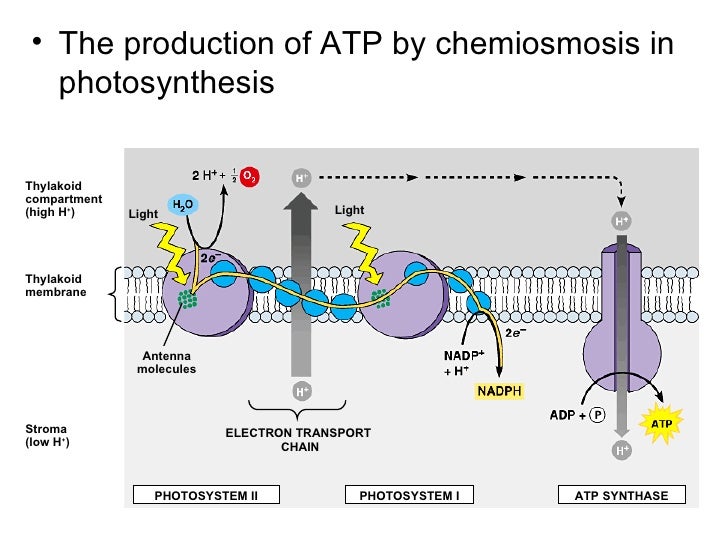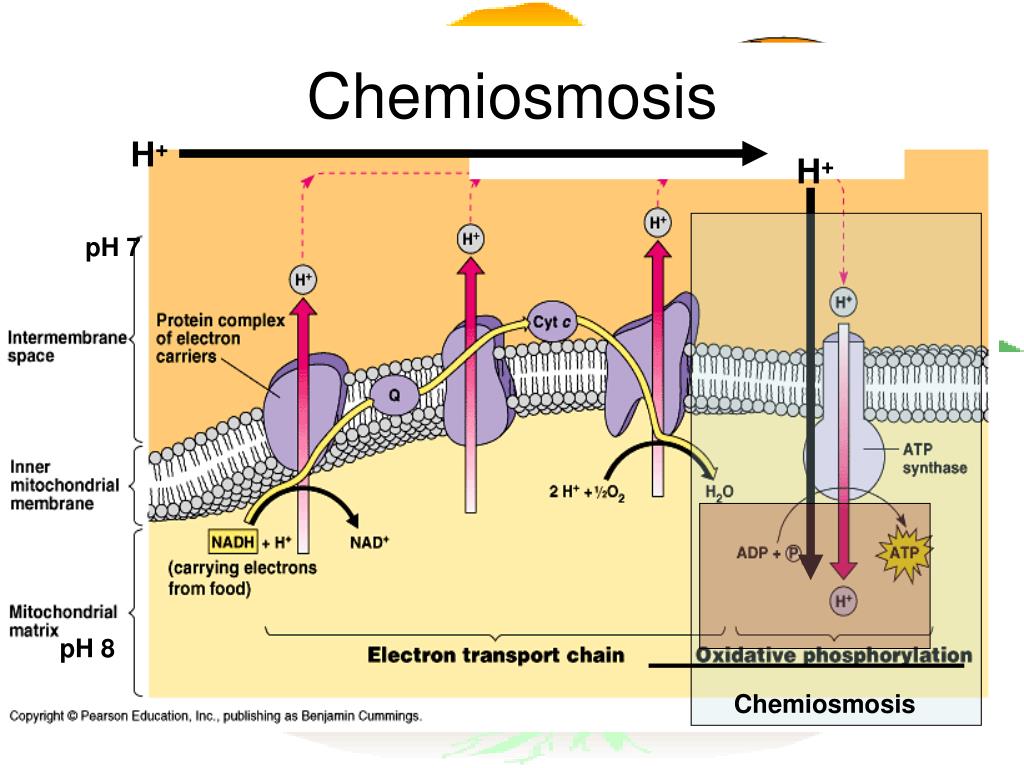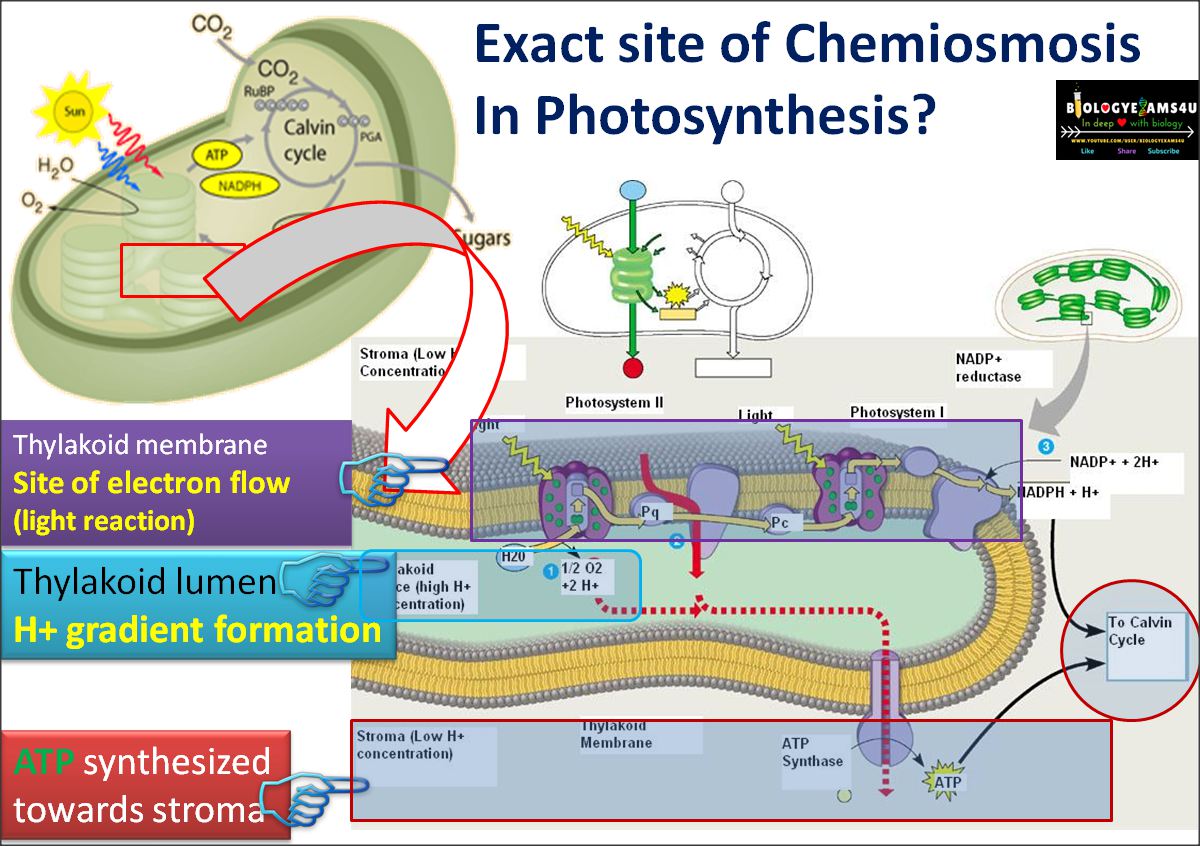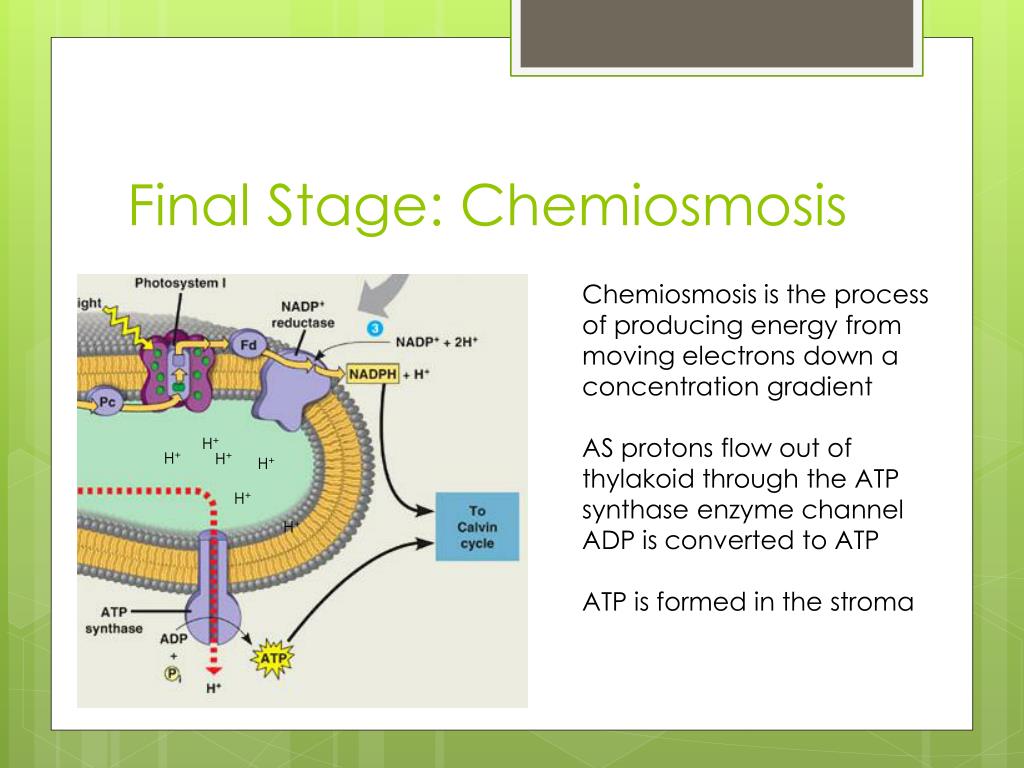Are you seeking for 'chemiosmosis photosynthesis'? You can find all the material on this web page.
Table of contents
- Chemiosmosis photosynthesis in 2021
- Chemiosmosis photosynthesis location
- How does chemiosmosis make atp
- Chemiosmosis diagram
- Chemiosmosis steps
- Chemiosmosis in photosynthesis and cellular respiration
- Chemiosmosis in mitochondria
- Chemiosmotic gradient
Chemiosmosis photosynthesis in 2021
 This picture illustrates chemiosmosis photosynthesis.
This picture illustrates chemiosmosis photosynthesis.
Chemiosmosis photosynthesis location
 This picture shows Chemiosmosis photosynthesis location.
This picture shows Chemiosmosis photosynthesis location.
How does chemiosmosis make atp
 This picture representes How does chemiosmosis make atp.
This picture representes How does chemiosmosis make atp.
Chemiosmosis diagram
 This image representes Chemiosmosis diagram.
This image representes Chemiosmosis diagram.
Chemiosmosis steps
 This image illustrates Chemiosmosis steps.
This image illustrates Chemiosmosis steps.
Chemiosmosis in photosynthesis and cellular respiration
 This image illustrates Chemiosmosis in photosynthesis and cellular respiration.
This image illustrates Chemiosmosis in photosynthesis and cellular respiration.
Chemiosmosis in mitochondria
 This image demonstrates Chemiosmosis in mitochondria.
This image demonstrates Chemiosmosis in mitochondria.
Chemiosmotic gradient
 This image representes Chemiosmotic gradient.
This image representes Chemiosmotic gradient.
Where does chemiosmosis occur in the photosynthesis reaction?
Chemiosmosis in photosynthesis occurs only in green plants and cyanobacteria Chemiosmosis occurs during Electron transport chain of cellular respiration Chemiosmosis occurs during Light dependent reaction of photosynthesis
Why is chemiosmosis important to the production of ATP?
Since chemiosmosis plays a role in the creation of ATP during this process, without chemiosmosis, organisms would not be able to produce the energy that they need to live. The idea that ATP is synthesized through chemiosmosis was first proposed in 1961 by Dr. Peter D. Mitchell.
How does chemiosmosis occur in the thylakoid membrane?
Photostimulated electrons (e-) are passed through a series of redox reactions called an electron transport chain. The energy made available in this process is used to pump hydrogen ions (H+) across the thylakoid membrane, building up potential energy. The return of these ions across the membrane to equilibrium is called chemiosmosis.
What are the components of the chemiosmotic hypothesis?
According to the chemiosmotic hypothesis, ATP production is the result of proton gradient developed across the membrane of thylakoids. The essential components required for chemiosmosis are proton pump, proton gradient, and ATP synthase.
Last Update: Oct 2021